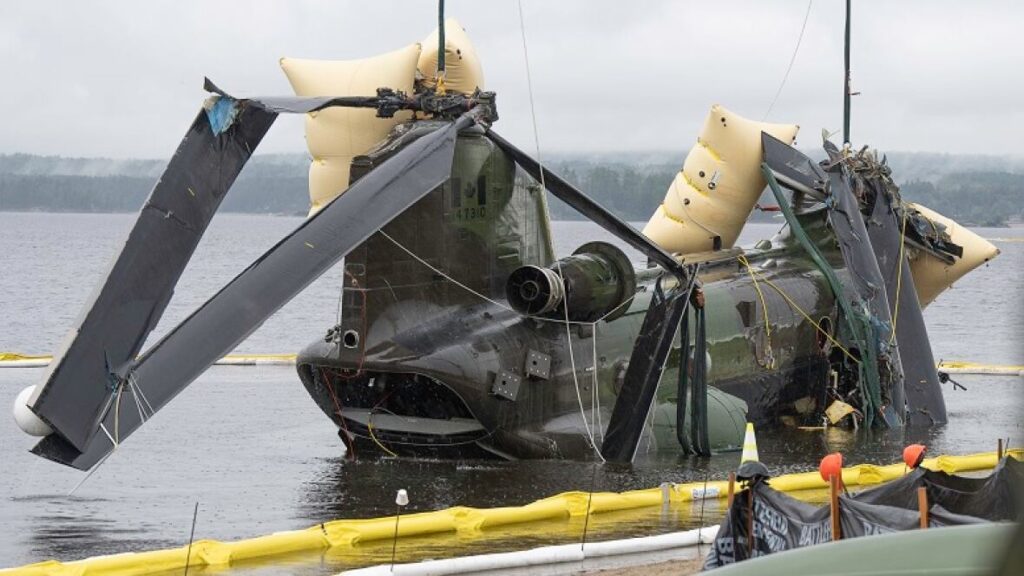
Introduction
The tragic helicopter crash in Nova Scotia that occurred earlier this week highlights ongoing issues surrounding aviation safety and emergency response protocols. This incident serves as a reminder of the risks associated with air travel and raises questions about regulations governing helicopter operations in Canada.
Details of the Incident
The helicopter, a Sikorsky S-76, went down in a wooded area near Halifax shortly after takeoff on Monday afternoon. Eyewitnesses reported seeing the aircraft struggling to gain altitude before it suddenly crashed, resulting in a rapid response from local emergency services. Initial reports indicated that there were five passengers on board, including crew members. Fortunately, emergency responders rescued four individuals with varying injuries; however, one person did not survive.
The Royal Canadian Mounted Police (RCMP) confirmed the identities of the deceased and the others who sustained injuries, providing support to their families during this difficult time. Investigators from the Transportation Safety Board (TSB) arrived on the scene to begin their inquiry, examining potential mechanical failures, pilot error, and environmental factors contributing to the crash.
Context of Helicopter Operations in Nova Scotia
Helicopter operations in Nova Scotia have seen a marked increase in recent years due to the demands of tourism, offshore oil and gas exploration, and emergency medical transportation. However, safety regulations have become a focal point with recent accidents, including this latest incident. While chapters of Transport Canada regulate air safety, the diverse nature of helicopter operations often poses distinct challenges in ensuring adherence across different sectors.
Conclusion and Significance
This unfortunate incident underscores the critical need for comprehensive safety protocols within the helicopter industry. As the investigation by the TSB unfolds, findings may influence future regulatory measures and operational guidelines. The implications of this crash extend beyond local communities, echoing throughout Canada’s aviation sector as stakeholders push for enhanced standards that prioritize safety for all air travelers. Moving forward, it is paramount for aviation authorities to engage with industry operators to bolster safety measures and ensure that such tragic events can be prevented in the future.



